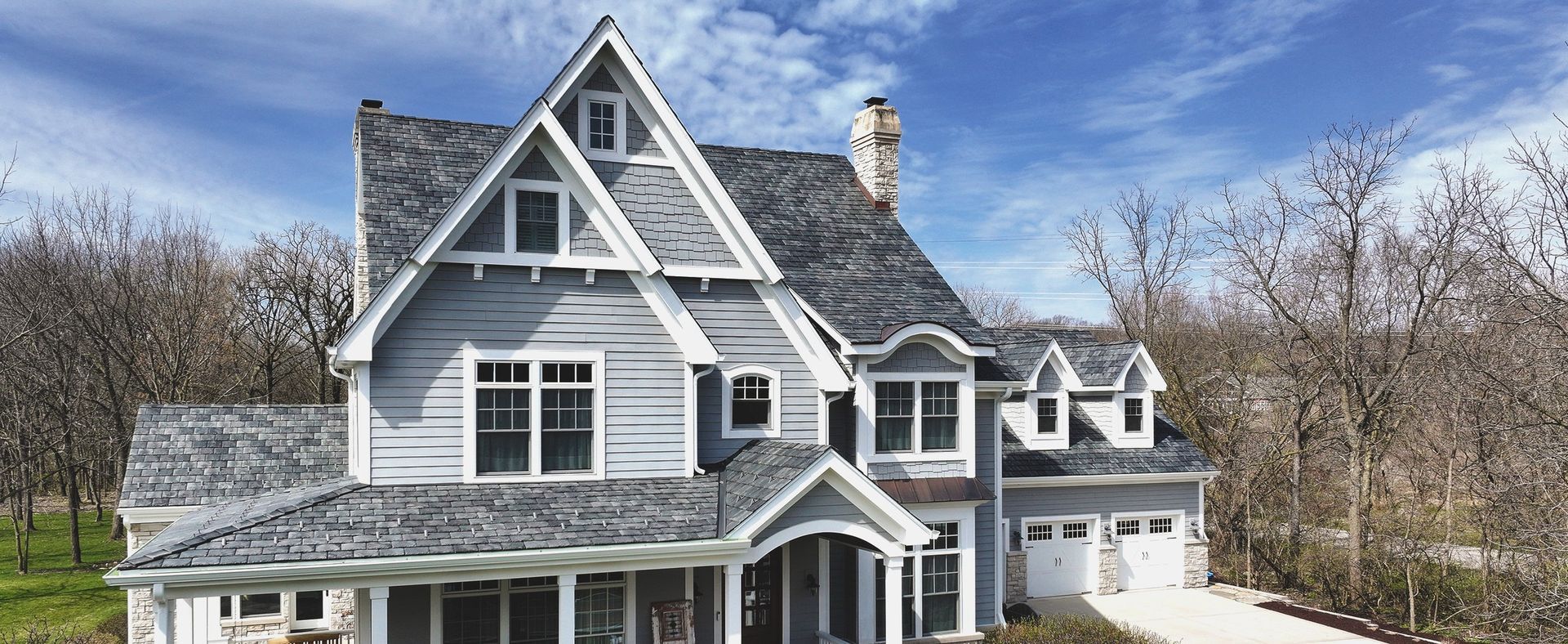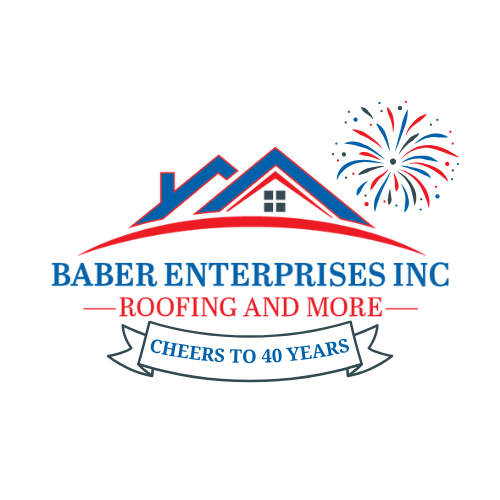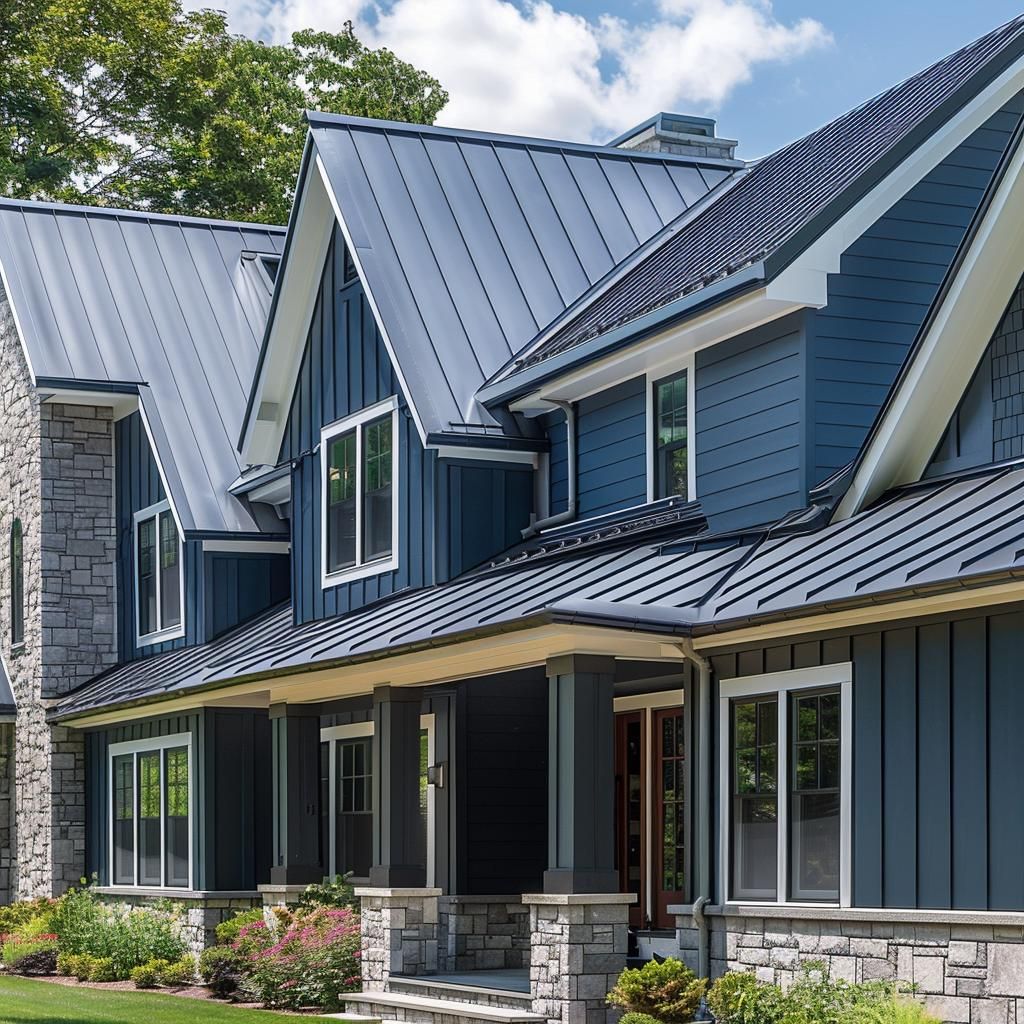Roofing for Log Homes: Unique Challenges and Solutions for Wooden Structures
Log homes evoke a sense of rustic charm and natural beauty, offering homeowners a unique living experience that seamlessly blends with the surrounding environment. However, roofing for log homes presents its own set of challenges due to the distinct characteristics of wooden structures.
Homes built since 1975 have their unique problems. Many of these homes are used as year-round residences. This means that we want to be especially mindful about the necessity of maintaining them so that their owners may enjoy these beautiful structures for generations to come.
At Baber Enterprises, we specialize in residential roofing services and understand the intricacies of roofing for log homes. In this blog post, we’ll explore some of the unique challenges associated with roofing log homes and discuss solutions to ensure the longevity and integrity of these distinctive structures.
1. Wood Expansion and Contraction:
One of the primary challenges of roofing for log homes is the natural expansion and contraction of wood due to changes in temperature and humidity. This movement can cause the roofing materials to shift, leading to leaks, gaps, and other issues.
To mitigate this risk, it’s essential to choose roofing materials that can accommodate the movement of the wood without compromising the integrity of the roof. Additionally, proper ventilation and insulation can help regulate temperature and moisture levels within the home, minimizing the impact of wood expansion and contraction on the roof.
2. Moisture Management:
Wooden structures are particularly susceptible to moisture damage, which can lead to rot, decay, and mold growth. Proper moisture management is essential for preserving the integrity of the roof and ensuring the longevity of the home. This includes maintaining a tight seal around roof penetrations, such as chimneys and vents, to prevent water infiltration, as well as ensuring adequate drainage to divert water away from the structure.
3. Fire Resistance:
Fire safety is a significant concern for log homes, as wood is highly flammable and can pose a risk of fire spread. When selecting roofing materials for a log home, it’s important to choose options that are fire-resistant and meet local building codes and regulations.
Class A fire-rated roofing materials, such as metal roofing and asphalt shingles treated with fire-retardant chemicals, can help reduce the risk of fire damage and provide added peace of mind for homeowners.
4. Aesthetic Considerations:
The roof is a prominent feature of any home, and its design plays a significant role in defining the overall aesthetic of the property. When roofing a log home, it’s essential to choose materials and styles that complement the natural beauty of the wood and enhance the home’s rustic charm.
Options such as cedar shakes, wood shingles, and metal roofing with a weathered finish can all complement the rustic aesthetic of a log home while providing durable and long-lasting protection.
5. Maintenance and Repairs:
Regular maintenance and prompt repairs are essential for preserving the integrity of the roof and ensuring the long-term durability of a log home. Inspecting the roof regularly for signs of damage, such as loose or missing shingles , cracked flashing, or water stains, can help identify issues early and prevent costly repairs.
Roofing for log homes presents unique challenges due to the characteristics of wooden structures, including wood expansion and contraction, moisture management, fire resistance, and aesthetic considerations.
By partnering with Baber Enterprises for their residential roofing needs, homeowners can rest assured that their log homes will be outfitted with a durable and aesthetically pleasing roof that enhances both the beauty and longevity of their property. Contact us today to learn more about our roof repair services and how we can help protect your investment for years to come.
The post Roofing for Log Homes: Unique Challenges and Solutions for Wooden Structures appeared first on Baber Enterprises Inc..



